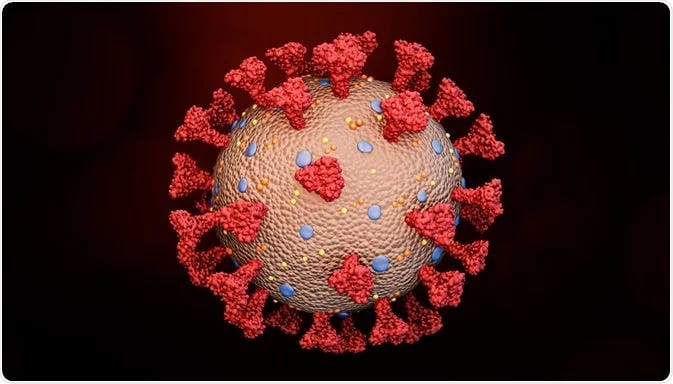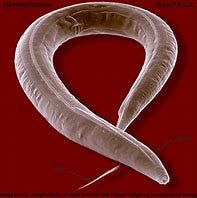Video of Nobel Prize in Medicine and Physiology
Victor Ambros and Gary Ruvku, On October 7, 2024, the award is given to two researchers for their groundbreaking work in mRNA. The Nobel Assembly at the Karolinska Institutet has decided to award the 2024 Nobel Prize in Physiology or Medicine jointly to Victor Ambros and Gary Ruvkun “for the discovery of microRNA and its role in post-transcriptional gene regulation”.
Micro RNA became a worldwide phenomenon during the COVID-19 pandemic in 2020-2023. It was a novel SARs virus for which there was no vaccine, nor approved treatments.
Normal production of vaccines required growing the virus in eggs, and then denaturing it so it was no longer toxic nor capable of producing the disease. This could take several months or even years to accomplish and earn an FDA or EU approval. Micro RNA presented an opportunity for the human (or animal) body to manufacture a spike protein that had all the immunogenicity of the SARs virus.
(Severe acute respiratory syndrome (SARS) is a viral respiratory disease of zoonotic origin caused by the virus SARS-CoV-1, the first identified strain of the SARS-related coronavirus.[3] The first known cases occurred in November 2002, and the syndrome caused the 2002–2004 SARS outbreak. In the 2010s, Chinese scientists traced the virus through the intermediary of Asian palm civets to cave-dwelling horseshoe bats in Xiyang Yi Ethnic Township, Yunnan.[4]It all began with a worm, C. elegans, the model for basic science work. C. elegans is a nematode found in soil. The most recent outbreak began in Wuhan China. There was much dispute about where it arrived from (cable bats), or the result of a laboratory leak from the Wuhan Virology Lab.
It is suspected that a “gain of function” research into the development of a biological weapon.
“Biologists use C. elegans for, among others, pharmacological screenings, basic medical research, ecological studies and to uncover genetic principles.” It is an elegant model for research into C. elegans has been a model organism for research into aging; for example, the inhibition of an insulin-like growth factor signaling pathway has been shown to increase adult lifespan threefold;[100][101] while glucose feeding promotes oxidative stress and reduces adult lifespan by a half.[81] Similarly, induced degradation of an insulin/IGF-1 receptor late in life extended the life expectancy of worms dramatically.[102] Long-lived mutants of C. elegans were demonstrated to be resistant to oxidative stress and UV light.[103] These long-lived mutants had a higher DNA repair capability than wild-type C. elegans.[103] Knockdown of the nucleotide excision repair gene Xpa-1 increased sensitivity to UV and reduced the life span of the long-lived mutants. These findings indicate that DNA repair capability underlies longevity.
The capacity to repair DNA damage by the process of nucleotide excision repair declines with age.[104]
C. elegans exposed to 5mM lithium chloride (LiCl) showed lengthened life spans.[105] When exposed to 10μM LiCl, reduced mortality was observed, but not with 1μM.[106]
C. elegans has been instrumental in identifying the functions of genes implicated in Alzheimer's disease, such as presenilin.[107] Moreover, extensive research on C. elegans has identified RNA-binding proteins as essential factors during germline and early embryonic development.[108]
Telomeres, the length of which has been shown to correlate with increased lifespan and delayed onset of senescence in a multitude of organisms, from C. elegans[109][110] to humans,[111] show an interesting behavior in C. elegans. While C. elegans maintains its telomeres in a canonical way similar to other eukaryotes, in contrast, Drosophila melanogaster is noteworthy in its use of retrotransposons to maintain its telomeres,[112] during knock-out of the catalytic subunit of the telomerase (trt-1) C. elegans can gain the ability of alternative telomere lengthening (ALT). C. elegans was the first eukaryote to gain ALT functionality after the canonical telomerase pathway was knocked out.[113] ALT is also observed in 10-15% of all clinical cancers.[114] Thus C. elegans is a prime candidate for ALT research.[115][116][117] Bayat et al. showed the paradoxical shortening of telomeres during trt-1 over-expression which leads to near sterility while the worms even exhibited a slight increase in lifespan, despite shortened telomeres.[118]
EULA As a result of using mRNA manufacturing the vaccine was developed and tested in a very short period and released.
Hence the early work of Victor Ambros and Gary Ruvku in the early 1990s as a post-doctoral scientist at Harvard and Mass General Hospital foretold of an important advance in vaccine production that would facilitate vaccine manufacturing for not only COVID, but many other viral diseases. It now is a very useful public health tool.







